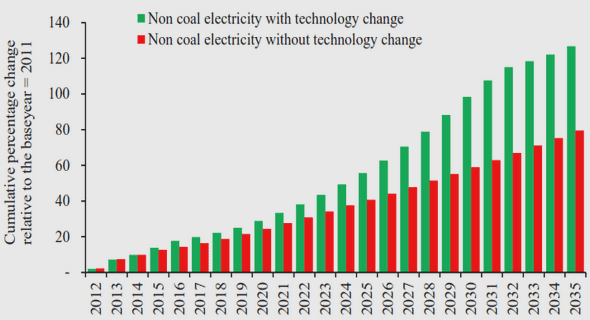(Downloads - 0)
For more info about our services contact : help@bestpfe.com
Table of contents
Introduction
1 Assessing the environmental fate of nanoplastics: A critical review of aggregation processes
1.1 Nanoplastics: what and where?
1.1.1 Plastic debris as environmental contaminants
1.1.2 How a revolutionary material became an environmental concern
1.1.3 Transport and transfer of plastic debris
1.1.4 Focusing on nanoplastics
1.2 Approaches to assess the environmental fate of nanoplastics
1.2.1 The role of experimental approaches
1.2.2 Global theoretical frameworks
1.3 Nanoplastic stability in water
1.3.1 Nanoplastic models
1.3.2 Solution composition
1.3.3 Sample preparation methods
1.3.4 Instruments and methods to assess the stability
1.3.5 Interpretation in light of theoretical frameworks
1.4 Nanoplastics transport and retention in interfaces of the hydrosphere
1.4.1 Solid/Liquid interfaces of continental systems: porous media
1.4.2 Solid/Liquid interfaces of polar systems: sea ice
2 Stabilization of fragmental polystyrene nanoplastic by natural organic matter: Insight into mechanisms
2.1 Introduction
2.2 Experimental section
2.2.1 Sample Preparation
2.2.2 Size characterization
2.2.3 Kinetics of Colloidal Aggregation
2.2.4 Derjaguin Landau Verwey Overbeek (XDLVO) theory of colloidal stability
2.3 Results and Discussion
2.3.1 Colloidal stability of nanoplastic models
2.3.2 Stabilization of NPT-P by natural organic matters
2.3.3 Colloidal stability of NPT-P according to the nature and concentrations of NOM
2.3.4 Environmental Implications of NOM-NP interactions
2.4 Conclusion
3 Deposition of environmentally relevant nanoplastic models in sand during transport experiments
3.1 Introduction
3.2 Methods
3.2.1 Dispersions of nanoplastic models
3.2.2 Charge characterization
3.2.3 Size characterization
3.2.4 Transport in porous media
3.2.5 Theory
3.3 Results and Discussion
3.4 Conclusion
4 Deposition of nanoplastics: The roles of size polydispersity and natural organic matter
4.1 Introduction
4.2 Materials and Methods
4.2.1 Materials
4.2.2 Methods
4.3 Results and Discussion
4.4 Conclusion
5 Micro- and nanoplastics’ transfer in freezing saltwater: Implications for their fate in polar waters
5.1 Introduction
5.2 Materials and Methods
5.2.1 Materials
5.2.2 Methods
5.3 Results and Discussion
5.4 Conclusion
5.5 Supplementary Data
6 Conclusion and Perspectives
Résume Français
List of Figures
List of Tables


